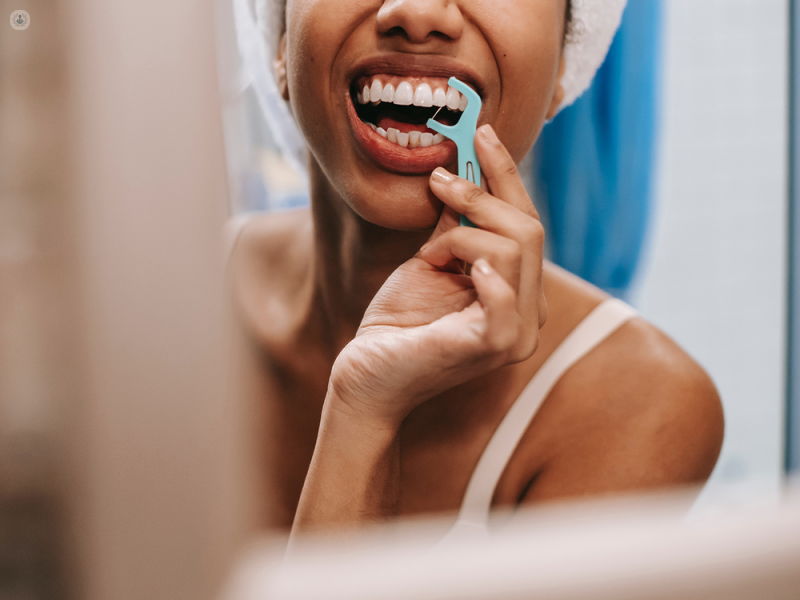My inlay fell out, what do I do?
Written by:Inlays are used to repair major damage to teeth when a normal filling is not enough to stably close the hole in the tooth. This is especially the case after a severe decay. Inlays are made of ceramic and are therefore much less noticeable than gold fillings. In addition, ceramic is a very well-tolerated material with a good long-term survival rate. Despite careful work, an inlay inserted into the tooth can still fail in some cases.
Professor Christian Mehl is a specialist in prosthodontics at Wimpole Street Dental Clinic in Marylebone, London, and explains here what you need to know if your inlay falls out.

Your inlay has fallen out: first measures
The adhesive used to place the inlay in the affected tooth can gradually become porous and the inlay can fall out. Be sure to keep the inlay - in many cases the inlay can be reinserted by your dentist. If it happens, call your dentist immediately so that the defect can be remedied as quickly as possible.
In the meantime, you can try using some toothpaste to temporarily fix the defect. But be careful: this can irritate the inside of the tooth, which is sensitive. Eat soft foods and avoid chewing on the affected side if possible. Before you go to sleep, always remove the inlay that has fallen out. The risk of accidentally swallowing the inlay while sleeping is high!
Warning: If you have swallowed the inlay, eat something immediately afterwards - such as mashed potatoes. This will help enclose the inlay and prevent injury to the intestinal wall from sharp edges. Also, call your dentist for further instructions. If you have severe abdominal pain or the inlay does not leave the body in the next few days, an X-ray examination is necessary.
Reinsert the inlay: this is how the dentist proceeds
In most cases, an inlay can easily be reinserted into the tooth. Since ceramic is very durable, the inlay usually falls out as a whole. Keep the inlay in a safe place and bring it with you to the practice. Our dentists will first examine the tooth and then decide what action to take.
Sometimes an inlay can fall out because decay has formed underneath. This must be treated before a new restoration can be placed. In such cases, the inlay that has fallen out can usually no longer be used.
Prevention: how to preserve your inlay for a long time
How well and how long an inlay lasts depends on the dentist's work and the patient's tooth brushing habits. Regular brushing, flossing and interdental brushing keep the tooth surfaces free of harmful bacteria. This often prevents caries underneath the inlay.
At our clinic, we make sure that cavities have been treated appropriately when the inlay is first inserted into the tooth. Also, be extra careful the first day after the inlay is placed, such as not eating for four hours after insertion and while the local anaesthetic is working.
To book an appointment with Professor Christian Mehl, go to his Top Doctors profile and check his availability.


